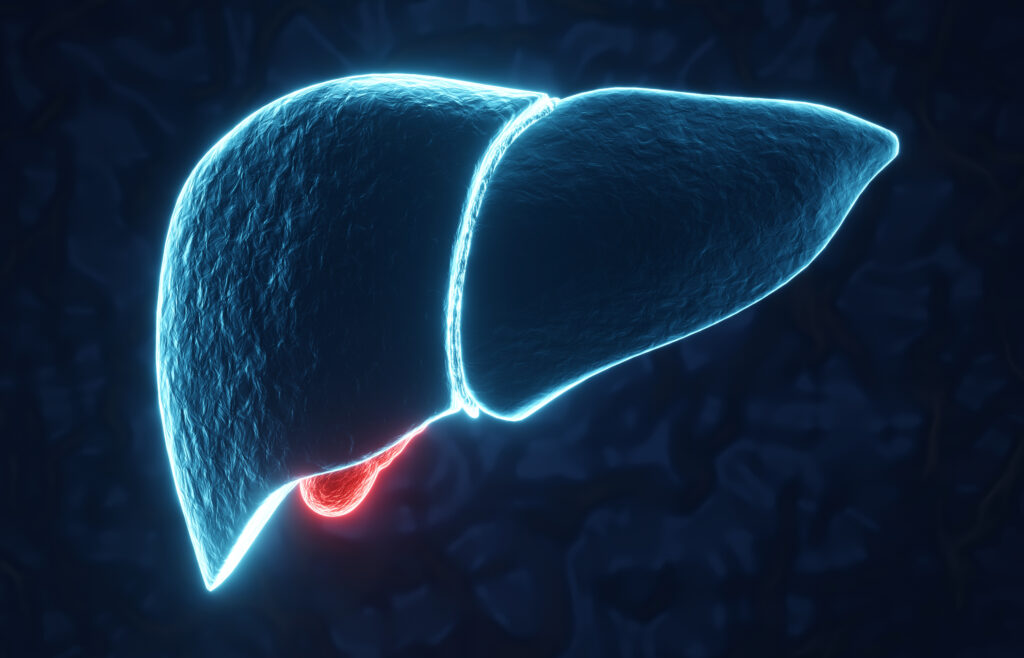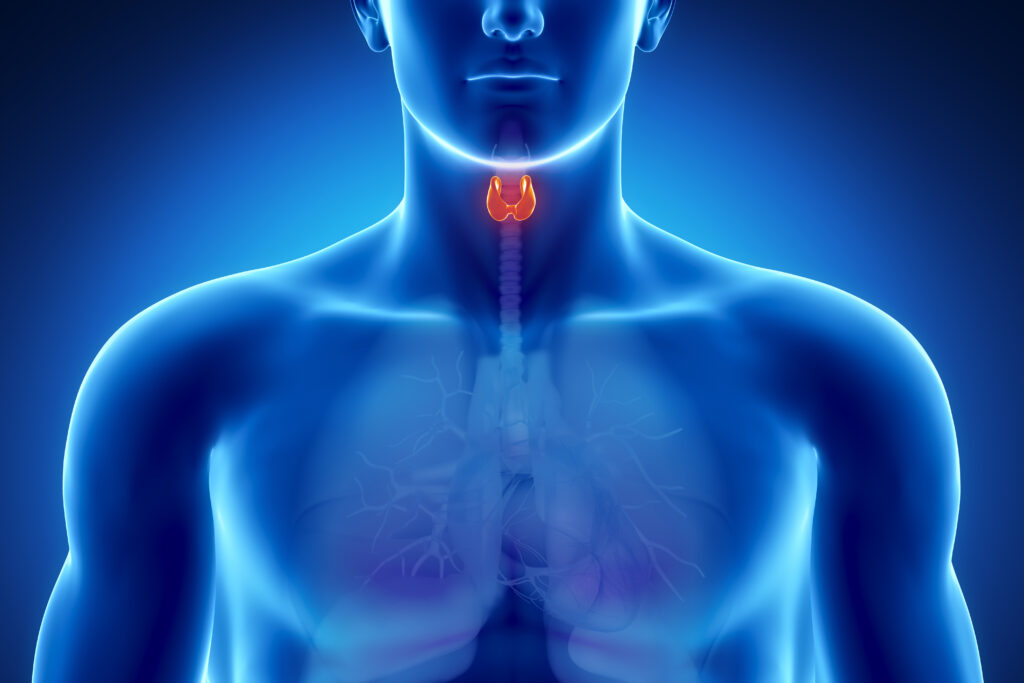Search Results
Showing Results for Classification

Article highlights There is growing clinical importance attributed to the development of metabolic dysfunction-associated steatotic liver disease in people with type 2 diabetes (T2D). Numerous international groups now advocate screening for advanced fibrosis in people with risk factors, such as ...

This systematic review and meta-analysis investigate the efficacy of teprotumumab, a novel monoclonal antibody, in reducing proptosis for patients with long-duration thyroid eye disease (TED). While teprotumumab has shown promise in treating active TED, its effectiveness in chronic cases remained ...

Thyroid nodules are common worldwide, and their prevalence is increasing. Most nodules are asymptomatic and detected incidentally on cross-sectional imaging or physical examination. In rare cases (10–15%), nodules are malignant and require diagnostic evaluation. Even malignant nodules frequently show non-aggressive behaviour.1 ...

Cushing’s disease (CD) is caused by an adrenocorticotropic hormone (ACTH)-secreting pituitary adenoma, or rarely carcinoma, and is considered a highly morbid endocrine disorder with few medical options.1,2 Although transsphenoidal pituitary surgery (TSS) is the mainstay of treatment for ...

The pioneering work carried out by the French scientist Alfred Jost in the mid-20th century clearly showed that, in the mammalian foetus, the internal and external genitalia virilize whenever the undifferentiated gonads develop into testes, whereas they undergo the ...

In the USA, neck ultrasound (US) identifies thyroid nodules (TNs) in 30–50% of adult patients.1,2 Given that the risk of malignancy (ROM) for all combined thyroid nodule types ranges from 5% to 15%,2,3 current guidelines recommend US of the neck initially, to identify ...

Pituitary tumours (PTs) are located in the sella turcica, which surrounds the adenohypophysis and neurohypophysis. PTs range from asymptomatic incidentalomas to symptomatic aggressive neoplasms, such as invasive neoplasms or pituitary carcinomas.1 Symptomatic lesions can be characterized either by hormonal overproduction ...

Parathyroid carcinoma is a rare endocrine neoplasm with an incidence of 0.5–2.0% of all cases of primary hyperparathyroidism (PHPT).1 It was first described in 1904 by de Quevain, when it was found in a patient presenting with a non-functioning parathyroid mass.2 Around 26 ...

Diabetic foot ulcers are one of the major complications in patients with diabetes mellitus (DM). In one study, the global prevalence of diabetic foot ulcers was 6.3%, and the prevalence of diabetic foot ulcers differed between North America (13.0%) and Europe (5.1%).1 Besides ...

Thyrolipomatosis is a rare condition defined as a diffuse non-neoplastic infiltration of fatty tissue in the thyroid gland.1 Although fatty infiltration is common in other glands (e.g. salivary glands, parathyroids, thymus and pancreas), it is rare in the thyroid ...

Non-alcoholic fatty liver disease (NAFLD), which impacts an estimated 25% of the world’s adult population,1–3 is the principal cause of chronic liver disease globally. NAFLD as a whole represents a pathological spectrum of liver injury, spanning from simple steatosis to ...

In the early 1970s, the discovery of statin by Dr Akira Endo changed the fate of cardiovascular disease prevention and the treatment of atherosclerosis. It was during this period that the rate-limiting step in cholesterol biosynthesis was revealed, and the ...

Many individuals visit emergency rooms for severe hypoglycaemia, of which some will be hospitalized due to this safety concern. In this touchENDOCRINOLOGY interview, we speak with Dr Diana Isaacs (Endocrine Clinical Pharmacy Specialist, Cleveland Clinic, Cleveland, OH, USA) to discuss ...

Short stature affects 2.5% of children and is one of the most common reasons for consulting a growth specialist during childhood.1 Normal height is a polygenic trait and derives from the interaction of several factors. It is known that height is ...

Craniopharyngiomas (CPs) are rare, benign, epithelial tumours of the sellar and parasellar regions arising as embryonic malformations along the pathway of the craniopharyngeal duct.1 They have an incidence of 0.13 per 100,000 per year to 0.5–2.0 per million per year and are classified ...

The clinical presentation of hypocalcemia varies based on the degree and chronicity of the derangement. Although many patients remain asymptomatic, mild symptoms of hypocalcemia include circumoral and extremity paresthesia, Chvostek’s sign and Trousseau’s sign; more severe derangements can ...

Wounds on the feet, known as diabetic foot ulcers (DFUs), are a major complication of diabetes. DFUs can become infected, leading to amputation of the foot or lower limb. Patients who undergo amputation experience significantly reduced survival rates.1 In previous ...

Tuberculosis (TB), an infectious disease caused by Mycobacterium tuberculosis, is one the oldest infectious diseases known to man. Eradication of TB has proven to be a challenge, despite the monumental efforts of the World Health Organization (WHO).1 The emergence of ...
Latest articles videos and clinical updates - straight to your inbox
Log into your Touch Account
Earn and track your CME credits on the go, save articles for later, and follow the latest congress coverage.
Register now for FREE Access
Register for free to hear about the latest expert-led education, peer-reviewed articles, conference highlights, and innovative CME activities.
Sign up with an Email
Or use a Social Account.
This Functionality is for
Members Only
Explore the latest in medical education and stay current in your field. Create a free account to track your learning.

